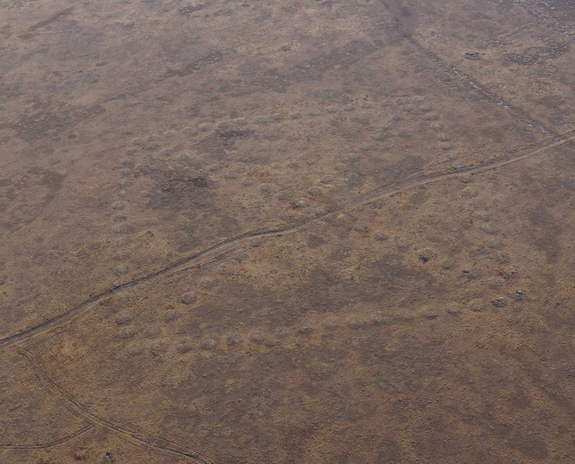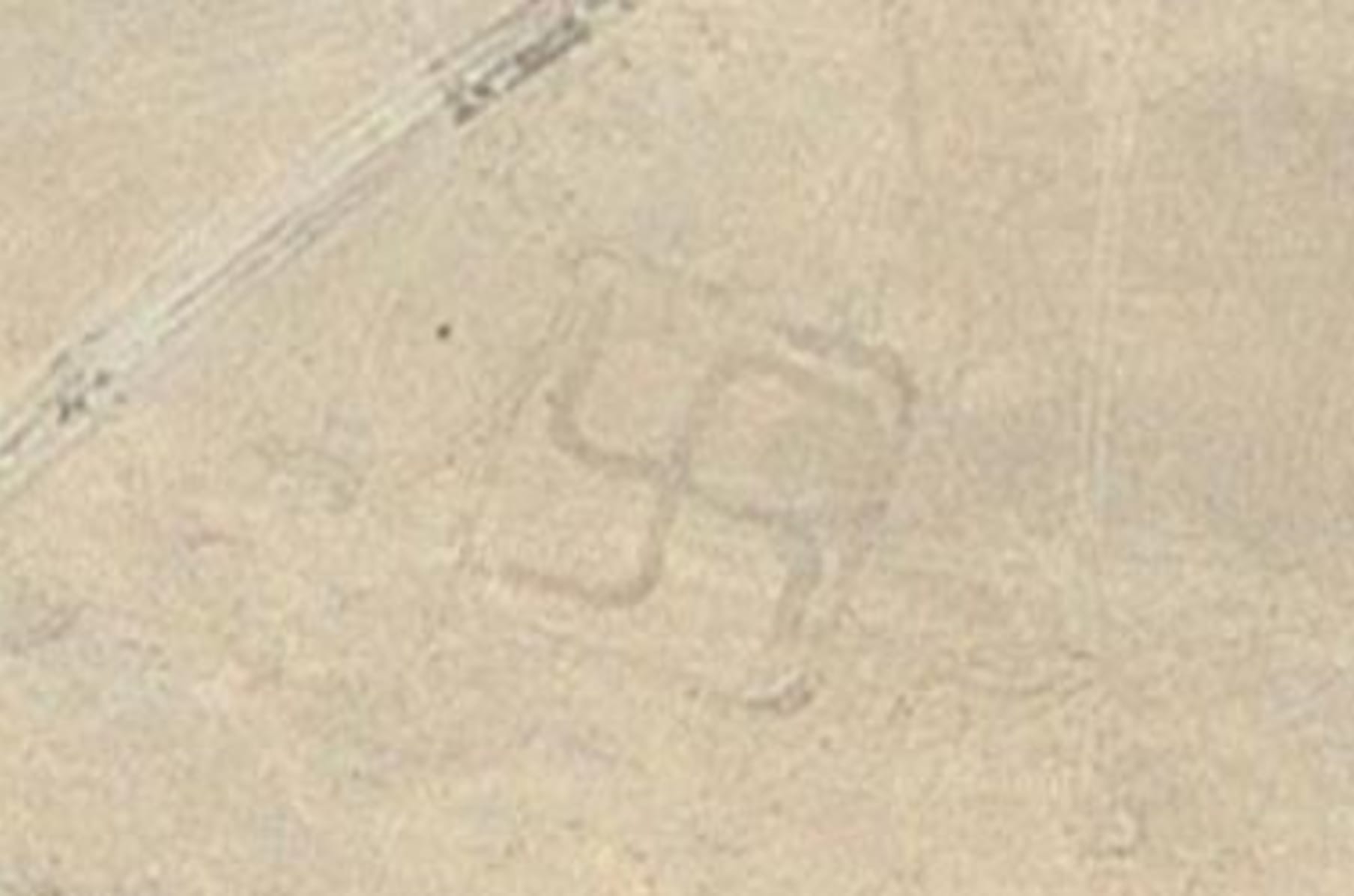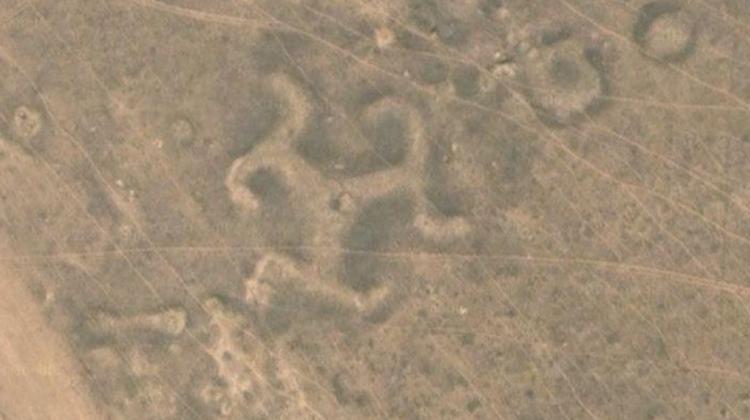The Steppe Geoglpyhs

Also known as “The Nazca of Kazakhstan”, the Steppe Geoglyphs are a series of giant geoglyphs located in the Turgai area of Kazakhstan.
Turgai, in the north of Kazakhstan, is nothing more than an immense expanse of arid and barren valleys, which follow one another as far as the eye can see.
But looking at it from above, there is something that catches the eye: at least 260 colossal figures as big as football fields – crosses, lines, rings, squares – engraved in the ground and formed by low circular hills, embankments, and ditches.
Some of them clearly represent prototypes of the sacred symbol of the swastika.

In 2007, Dmitriy Dey, a Kazakh economist with a passion for archeology, discovered them almost by chance.
While exploring the region with Google Earth in search of pyramids, Dey came across the most impressive of these figures: a square crossed by two diagonals that extends over 7.5 hectares.
After the square, renamed “Ushtogaysky square” from the name of a nearby village, a kind of three-pointed swastika emerged from the images (this ancient symbol was in use long before the Nazis appropriated it).

Over time, drawings have sprung up by the hundreds, and last year their discovery was presented at a European archeology meeting in Istanbul.
NASA – through the satellite company Digital Globe – has released new, important photos for the study of the mysterious geoglyphs of Turgai.
Who were their authors? What was their purpose? According to the New York Times, after several studies, the oldest of these figures was dated to 8,000 BCE, a period compatible with the dating of a nearby Neolithic settlement of 6,000 – 10 thousand years ago.
Other symbols seem to date back to much more recent times, such as the Middle Ages.
The nomadic population of Mahandzhar, who flourished in the area between 7000 and 5000 BCE, could have set up moats and reliefs: but it is difficult to think that a nomad society has managed to create such monumental works, originally 2-3 m high for 12 m in diameter.
With little to no information about them, the Steppe geoglyphs of Kazakhstan remain an unsolved enigma of the Middle East.
